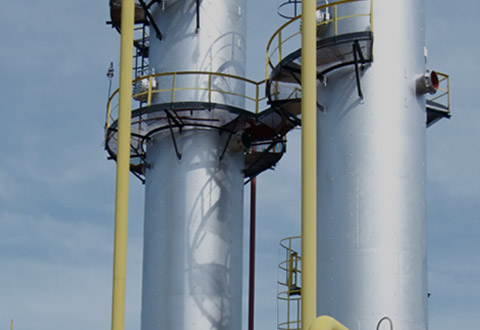
- Mobile Phone
- +8613931874955
- sales@cntcmetal.com
masonry wall ties
Understanding Masonry Wall Ties Importance, Types, and Installation
Masonry wall ties are critical components in the construction and stability of masonry structures. As buildings age or face environmental challenges, the integrity of these ties ensures that walls remain structurally sound and resilient against various forces. This article delves into the significance of masonry wall ties, the types available, and best practices for their installation.
Importance of Masonry Wall Ties
Masonry wall ties are employed primarily to maintain the structural integrity of walls and to assist in preventing structural failure. As buildings settle or experience shifting due to environmental stresses, wall ties help to distribute forces evenly across masonry units. They connect masonry walls to other structural elements, like concrete or steel frames, ensuring that each component of the structure works together effectively.
In areas prone to high winds, earthquakes, or heavy rains, the performance of wall ties becomes even more critical. They act as a safeguard against the separation of wall layers, which can lead to bowing, cracking, or complete collapse. Properly installed wall ties contribute to the longevity of a building and can prevent costly repairs down the line.
Types of Masonry Wall Ties
There are various types of masonry wall ties, each designed for specific applications and materials
1. Corrugated Ties These are commonly used for light-duty applications, typically made from galvanized steel. The corrugated design provides flexibility and strength, suitable for connecting brick veneers to backup walls.
2. Dovetail Ties Dovetail ties are robust and feature a distinct shape that allows for mechanical attachment to masonry. They are ideal for heavy-duty applications where additional strength is required.
3. Embedment Ties These ties are set into the mortar joint during the masonry construction process. They create a strong bond between the two layers of walls and are often used in multi-wythe masonry.
4. Vertical and Horizontal Ties Depending on the orientation of the walls, ties can be installed vertically or horizontally. Vertical ties help secure the wall's height, while horizontal ties assist in stabilizing the wall across its width.
masonry wall ties

5. Expansion Ties These ties accommodate movement due to thermal expansion and contraction, making them suitable for climates with significant temperature variations.
Installation of Masonry Wall Ties
The effective installation of wall ties is essential for their performance and the overall stability of the masonry structure. Here are some best practices for installing masonry wall ties
1. Determine the Spacing The spacing of wall ties is crucial. Typically, ties are installed at intervals of 16 to 24 inches, depending on the height of the wall and the thickness of the masonry. Additionally, considerations should be made for corners, openings, and changes in wall height.
2. Select the Right Tie for the Application Choose wall ties that are suitable for the specific materials used in the masonry and the expected loads. Consult local regulations and standards to ensure compliance.
3. Use the Right Tools Ensure that the correct tools are used for installation. This may include drills, masonry screws, and appropriate fasteners. A professional installer will often utilize specialized tools for ensuring accurate placement.
4. Ensure Proper Embedment For embedment ties, ensure they are placed in the mortar before it sets. Adequate embedment enhances their strength and load-bearing capacity.
5. Regular Inspection and Maintenance After installation, periodic inspections should be conducted to check for any signs of failure, such as rust or corrosion, especially in harsh environments. Early detection of issues can prevent serious structural problems later on.
Conclusion
Masonry wall ties play a pivotal role in maintaining the integrity and durability of masonry structures. Understanding their types, importance, and installation methods is essential for anyone involved in building or maintaining such structures. By adhering to best practices and ensuring proper installation, contractors and builders can safeguard their projects against potential structural issues, providing peace of mind to owners and users alike.
share:
-
Why Sacrificial Formwork Is Redefining Underground ConstructionNewsJun.06,2025
-
The Structural Dynamics of Modern Concrete: How Snake Spacers Revolutionize Flexible ReinforcementNewsJun.06,2025
-
Snake Spacers Smart-Lock Concrete Reinforcement with Surgical PrecisionNewsJun.06,2025
-
Snake Spacers: Reinforcement Precision for Modern Concrete ProjectsNewsJun.06,2025
-
Snake Spacers Powering Concrete's Structural DNANewsJun.06,2025
-
Slither into Success: Snake Spacers' Precision Bite for Unbreakable ReinforcementNewsJun.06,2025
-
Sacrificial Formwork: Building Stronger, Faster, and Safer StructuresNewsJun.06,2025



















